All Science
 Oregon cave discovery sheds new light on American Stone Age
Oregon cave discovery sheds new light on American Stone AgeThe discovery of 13,000-year-old stone projectiles and fossilized feces indicates the existence of a second founding culture in the Americas, in addition to the Clovis culture, say researchers.
 First-ever video of snow leopard moms and cubs in Mongolia
First-ever video of snow leopard moms and cubs in MongoliaUsually secretive snow leopard moms and cubs revealed in first-ever video in Mongolia.
 Huge solar eruption could make for dazzling northern lights
Huge solar eruption could make for dazzling northern lightsA giant solar eruption may bring an exceptional weekend northern lights display for those as far south as California and Alabama, a NASA scientist says.
 Fossils of ancient human ancestors found hidden in plain sight
Fossils of ancient human ancestors found hidden in plain sightThe remains turned up in a large rock in a laboratory at the University of Witwatersrand in South Africa, the university announced today.
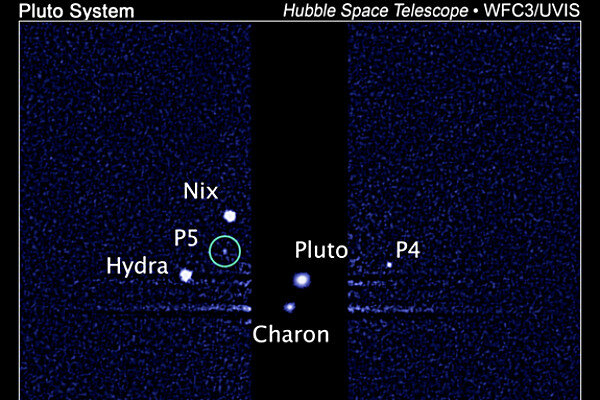 Pluto now has at least five moons. Can we go back to calling it a planet?
Pluto now has at least five moons. Can we go back to calling it a planet?Long considered a planet, Pluto was reclassified as a 'dwarf planet' in 2006 by the International Astronomical Union. Will the discovery of a fifth moon prompt astronomers to reconsider?
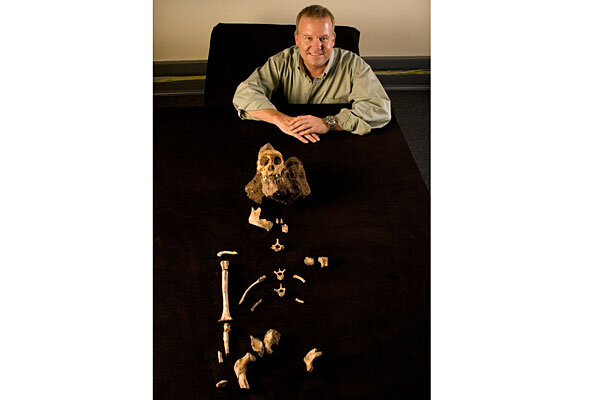 Recovery of most complete skeleton of human ancestor to be streamed live
Recovery of most complete skeleton of human ancestor to be streamed liveThe recovery of a nearly two-million-year-old Australopithecus sediba fossil from a cave in South Africa will be broadcast live over the Web, probably beginning in November.
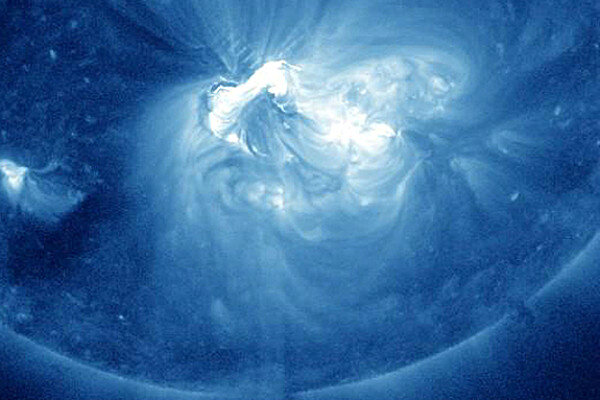 Humongous solar flare erupts in our direction
Humongous solar flare erupts in our directionThe strongest solar storm of the summer so far could send a wave of charged particles toward our planet that could supercharge northern lights displays, NASA scientists say.
 Sunset to transform New York City into 'Manhattanhenge'
Sunset to transform New York City into 'Manhattanhenge'Manhattanhenge: At 8:25 p.m. Thursday, New Yorkers will be treated to a unique spectacle of the setting sun aligning perfectly with Manhattan's street grid.
 Oregon cave discovery suggests lost ancient American culture
Oregon cave discovery suggests lost ancient American cultureAncient stone projectile points and fossilized feces suggest a previously unknown culture that existed on the West Coast some 13,000 years ago.
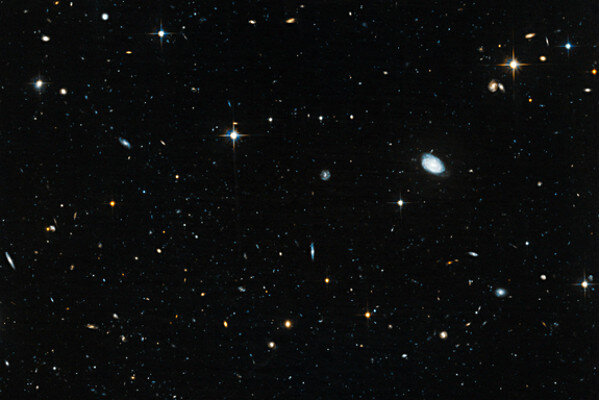 Hubble telescope reveals mysterious 'ghost galaxies' of ancient universe
Hubble telescope reveals mysterious 'ghost galaxies' of ancient universeFormed some 13 billion years ago, three bizarre galaxies captured by the Hubble telescope are thought to be 'fossils' of the early universe
 Bizarre prehistoric giant turtle was almost perfectly round
Bizarre prehistoric giant turtle was almost perfectly roundA huge turtle that lived some 60 million years ago in what is now South America had a circular shell, say paleontologists.
 Native Americans arrived in at least three waves, finds DNA study
Native Americans arrived in at least three waves, finds DNA studyA genetic study of Native Americans from Greenland to Peru has found that the Western Hemisphere was populated by at least three distinct migrations from Asia.
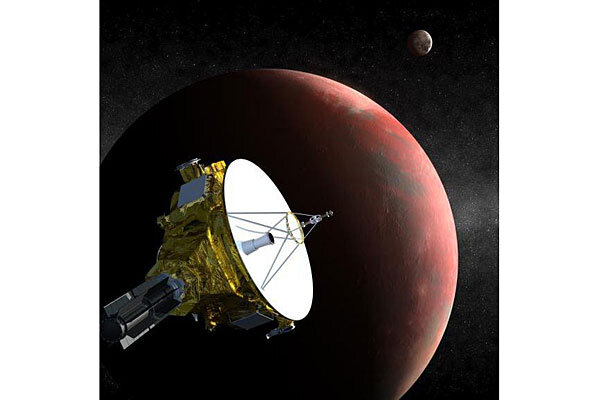 Pluto's new moon could cause problems for space probe, says NASA
Pluto's new moon could cause problems for space probe, says NASAPluto's newly discovered fifth moon could mean more debris surrounding the icy dwarf planet, which could pose a hazard for NASA's New Horizons spacecraft, which was launched in 2006 with the aim of mapping Pluto's surface.
 Newly discovered crustacean species named for Bob Marley
Newly discovered crustacean species named for Bob MarleyArkansas State University marine biologist and Bob Marley fan Paul Sikkel named the tiny Caribbean blood-feeding parasite Gnathia marleyi.
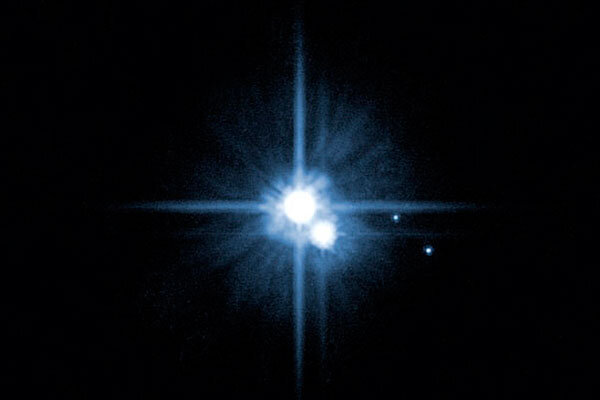 What should we name Pluto's new moon?
What should we name Pluto's new moon?Scientists examining data from NASA's Hubble Space Telescope have spotted a fifth moon orbiting Pluto. The moon is currently labeled S/2012 (134340) 1, a monicker that could probably be improved.
 What does the Higgs boson sound like? Atom-smasher data set to music.
What does the Higgs boson sound like? Atom-smasher data set to music.Researchers with CERN's ATLAS experiment, which helped discover what is thought to be the elusive Higgs boson, have taken their data and turned it into a piano score.
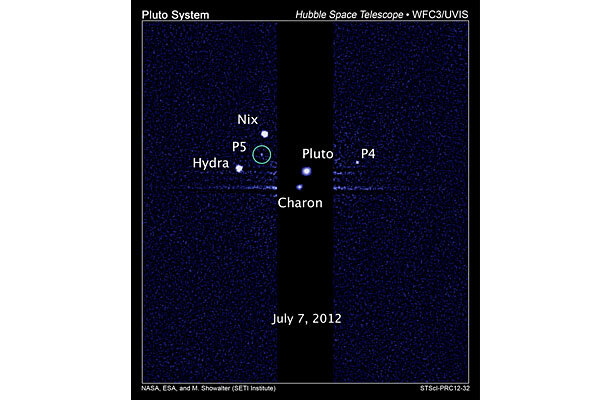 Hubble telescope spots fifth moon orbiting Pluto
Hubble telescope spots fifth moon orbiting PlutoAlmost exactly a year after it spotted a fourth moon orbiting the icy dwarf planet, the Hubble Space Telescope has detected a fifth one.
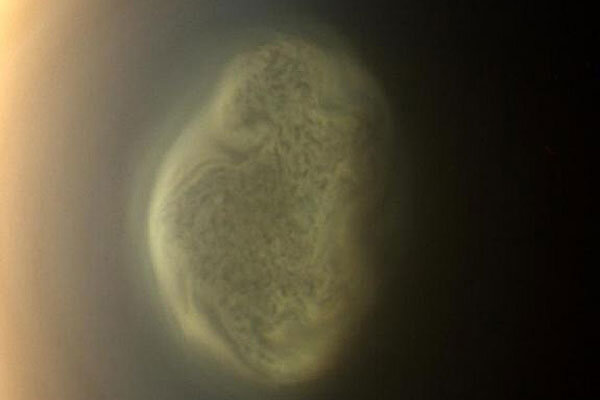 Bizarre vortex spotted on Saturn's largest moon
Bizarre vortex spotted on Saturn's largest moonNASA's Cassini probe has photographed a swirling vortex of gas high above the south pole of Titan, Saturn's largest moon.
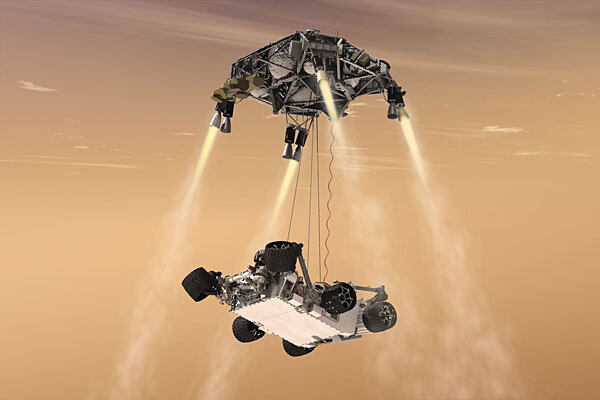 Will NASA's Mars rover crash?
Will NASA's Mars rover crash?For NASA's Curiosity Mars rover to arrive undamaged on the surface of the Red Planet, a lot of things will have to go right.
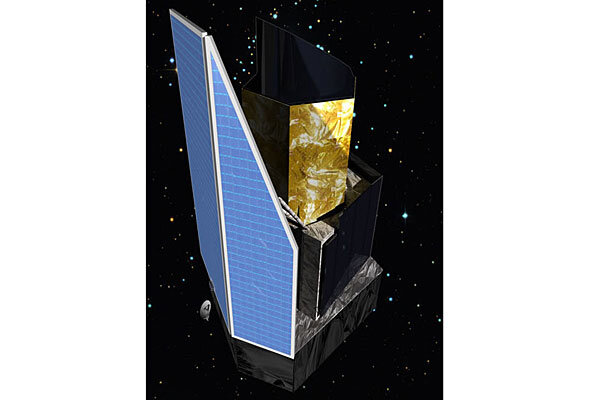 New European space telescope to sniff out dark matter
New European space telescope to sniff out dark matterScheduled to launch in 2019, the European Space Agency's Euclid space telescope will attempt to detect the dark matter and dark energy that accounts for most of the universe.






















